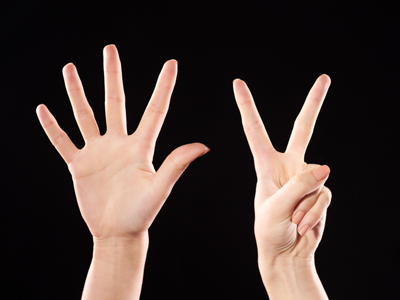
Ask the AI Tutor
Need help with Year 1 Numbers - Counting on from a Given Number? Ask our AI Tutor!
AI Tutor - Lucy
Connecting with Tutor...
Please wait while we establish connection

You can use your fingers to help you count.
Year 1 Numbers - Counting on from a Given Number
Practise counting on from any number. Start at the first number, then hop forward the right amount using fingers, counters, or a number line for steady steps.
Question 1
What number comes next?
15, 16, 17, 18, 19
15, 16, 17, 18, 19
10
21
30
20
Count up from one if you're not sure
Question 2
Count on from 14. What comes next?
50, 60, 70, 80, 90
15, 16, 17, 18, 19
19, 20, 21, 22, 23
7, 8, 9, 10, 11, 12
Using a hundred square might be helpful if you get stuck
Question 3
Count on from 97. What comes next?
87, 77, 67, 57, 47
98, 99, 20, 21, 22
98, 99, 100, 101, 102
18, 19, 20, 21, 22
Think about where this number comes on the hundred square, and what comes next
Question 4
What three numbers come next?
106, 107, 108, 109
106, 107, 108, 109
101, 110, 111
110, 111, 112
110, 120, 130
100, 1000, 10000
Imagine if the hundreds digit was removed
Question 5
Count on from 2. What comes next?
1, 3, 5, 7, 9
12, 13, 14, 15, 16
30, 40, 50, 60, 70
3, 4, 5, 6, 7
Counting on your fingers is useful
Question 6
Count on from 6. What comes next?
7, 8, 9, 10, 11
4, 5, 6, 7, 8
8, 10, 12, 14, 16
16, 26, 36, 46, 56
Counting out loud is sometimes helpful
Question 7
Count on from 33. What comes next?
44, 55, 66, 77, 88
34, 35, 36, 37, 38
14, 15, 16, 17, 18
3, 4, 5, 6, 7, 8
Look at the last digit of the number and think what comes next
Question 8
Count on from 57. What comes next?
56, 55, 54, 53, 52
68, 69, 70, 71, 72
58, 59, 50, 51, 52
58, 59, 60, 61, 62
Think about where the numbers are on a hundred square or number line
Question 9
What three numbers come next?
46, 47, 48, 49
46, 47, 48, 49
5, 10, 15
15, 16, 17
50, 60, 70
50, 51, 52
Look at the last digit and think about what comes next
Question 10
Count on from 70. What comes next?
71, 72, 73, 74, 75
18, 19, 20, 21, 22
80, 90, 100, 110, 120
65, 66, 67, 68, 69
If you count up from zero, what comes next?
**Unlimited Quizzes Await You! 🚀**
Hey there, quiz champ! 🌟 You've already tackled today's free questions.
Ready for more?
Ready for more?
🔓 Unlock UNLIMITED Quizzes and challenge yourself every day. But that's
not all...
not all...
🔥 As a Subscriber you can join our thrilling "Daily Streak" against other
quizzers. Try to win a coveted spot on our Hall of Fame Page.
quizzers. Try to win a coveted spot on our Hall of Fame Page.
Don't miss out! Join us now and keep the fun rolling. 🎉
**Unlimited Quizzes Await You! 🚀**
Hey there, quiz champ! 🌟 You've already tackled today's free questions. Ready for more?
🔓 Unlock UNLIMITED Quizzes and challenge yourself every day. But that's not all...
🔥 As a Subscriber you can join our thrilling "Daily Streak" against other quizzers. Try to win a coveted spot on our Hall of Fame Page.
Don't miss out! Join us now and keep the fun rolling. 🎉






